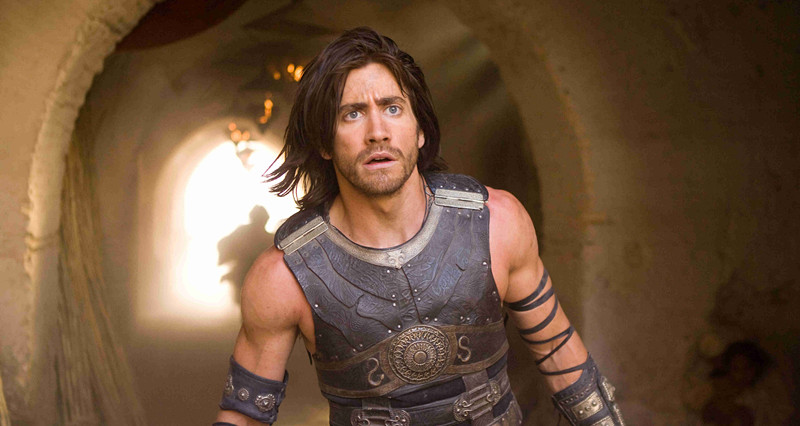
The human brain seeks patterns. While we praise creativity and inspired art, a new work is rarely an entirely novel invention. Painters study the work of other painters; the patterns of nature inspire architects and writers reimagine old stories they heard from their parents as kids.
Creative work is based on repetition and variation; while the artist cannot help, but repeat what they saw from others, they would also transform some of these elements and this variation the key to a new, genuine artwork. Repetition on the other hand is what enables genre classification. Films are grouped into genres based on the similarities in their plot, but these categories are not closed, uniform classes.
The genres themselves can change over time, move from one continent to another or mix with another genre. This is necessary for the genre in order to stay alive, however, occasionally the variation can lead to the birth of a rather strange subgenre or new genre. However, odd genres are not all the love children of other genres; our list also features categories that made their way into film from the realm of computer games or arts.
10. Ostern
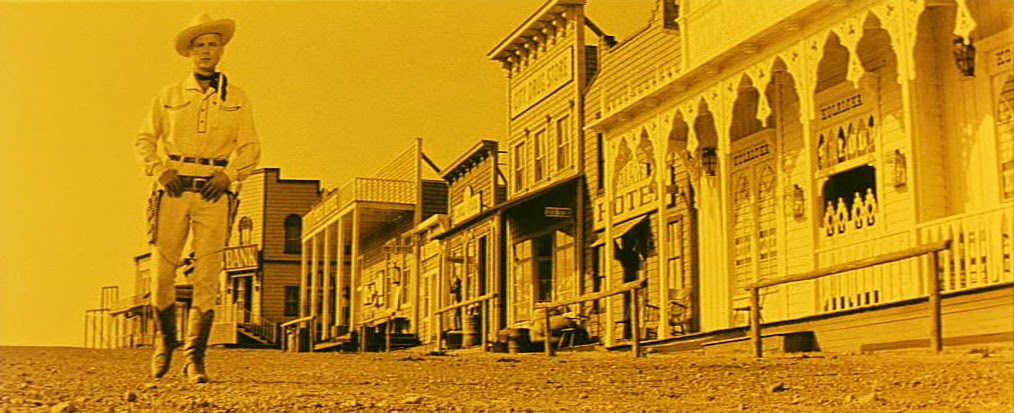
Ostern is the Eastern European version of Western, which was popular in the Soviet Union, Yugoslavia and Czechoslovakia. While the genre borrows the memes from the American Western, it puts it into a Soviet context. In opposition to the Western’s shady heroes, the main character of the Ostern is a perfect example of the ideal, innocent Soviet hero, while the red rocks of Monument Valley are replaced by the Russian steppe. T
he historic background is naturally the Russian Revolution. The films that were produced mainly during the 60s are affected by the Soviet propaganda; but they usually follow the plot of any American western: a village recruits a strange hero to defend it from the adversary – which will be the Cossacks in an Ostern.
However, especially in Checkoslovakia and Yugoslavia, the genre was affected by the sardonic humour of the national cinema, such as Oldrich Lipsky’s Lemonade Joe (1964). Here the central conflict unfolds around alcohol. Lemonade Joe is a teetotal cowboy who fights the owner of the local bar, convincing the inhabitants of the benefits of a healthier lifestyle.
Examples: Lemonade Joe (1964), The Elusive Avengers (1966), White Sun of the Desert (1969), The Bodygurad, (1979)
9. Parkour films
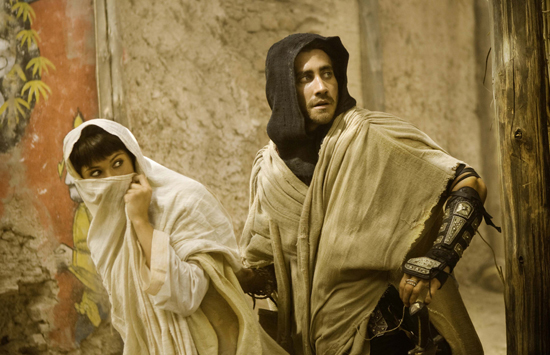
There is no need to mention that film played a key role in they way computer games evolved. The presence of multiple ‘camera angles’, the increasing focus on the face (and voice) of the characters (who are often played by actual actors like in Masseffect or Fallout), is an example of the influence the movies had on the video game industry. However, this is not a one-sided relationship: computer games prove to be a similarly inspirational pool of ideas for filmmakers.
This is how bullet-time made its way into film, and that Parkour is evidence of. Parkour, a.k.a. free running, is a frequently used element in video games such as Assassin’s Creed, Prince of Persia or Mirror’s Edge. In Parkour games, getting through obstacles is an equally (if not more) important part of the gameplay as is fighting the enemy: the player has to run, jump and climb on walls and rooftops, making movement the chore element of the game.
However, one could say that movement has always been in the centre of video games, as in most situations the player has to guide a character from one point to the other. When it is applied to films however, the increased focus on movement results in a gripping, concentrated action movie.
Movement becomes the new action. Instead of the old school duel of Westerns, where the opponents are facing each other while steadily waiting for the final gunshot, in Parkour films the way the characters escape the tough situations is more important than the fight itself. There are no steady moments, just acrobatic jumps and great urban landscapes.
Examples: Yamakasi (2001), District 13 (2004), Prince of Persia (2010)
8. Bollywood horror

It is natural in the life cycle of a genre to change when it moves from one geographic location to the other and is adapted by a national cinema different to the one that gave birth to it. In some cases the result can be a rather unique subgenre as the importing country applies the national traits of their own film industry to the genre.
Bollywood film is unique enough in itself, but when combined with a genre coming from the West, the result is undoubtedly special. Bollywood horror is not a new phenomenon; its appearance dates back to the 40s. What makes this variation of the horror genre very unique is the presence of the Bollywood trademark musical scenes with singing.
The first Indian horror film was Mahal from 1949, starring the iconic Bollywood actor Ashok Kumar. The film was a great success, resulting in a quick upswing in the popularity of Bollywood horror. Although it might just be an exotic experience for some fans, Hindi horror is important for posing criticism at patriarchy, politics and economic success through the images of terror in the various scenes of everyday life: the workplace, family life and the urban space.
Examples: Mahal (1949), Bees Saal Baad (1962), Raat (1992)
7. Necrorealism
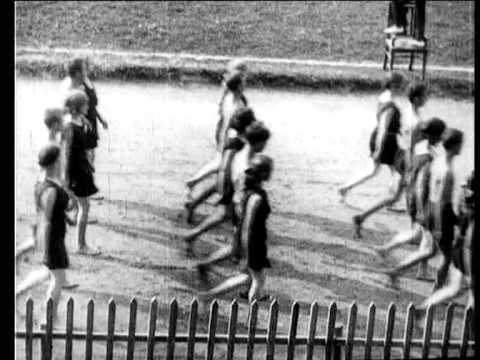
Necrorealism is a post-avantgarde Russian art movement form the 80s, established by a small group of experiemntal artsists and led by filmmaker Yevgeny Yufit. The necrorealist film examines death with the curiousity of a coroner. However, death is not certain in these movies: In an act of rebellion, corpses come back into a sort of half-life that symbolises the confused state of postmodern art itself.
The handful of filmmakers that started the movement approached the subject of death with a good amount of black humour and sardonic curiosity. Inspired by a pathology textbook, the art group started with live performances of violent death and torture scenes as a clear will to shock their audiences before establishing a small film studio in Leningrad.
Their short films feature people in the wilderness doing various wild things, zombie-like mutants as a result of a scientific experiment and a group of strange-behaving men in medical uniforms killing a sailor.
Necrorealist film glorifies death in a similar way neorealists praised life. It is not a coincidence that it was Eastern Europe where the genre sprouted into life; as a flower blooming on the rotting corpse of socialism it praised death in opposition to the socialist pathos.
Examples: Werewolf-Orderlies (1984), Spring (1987), Suicide Warthogs (1988)
6. Bizarro
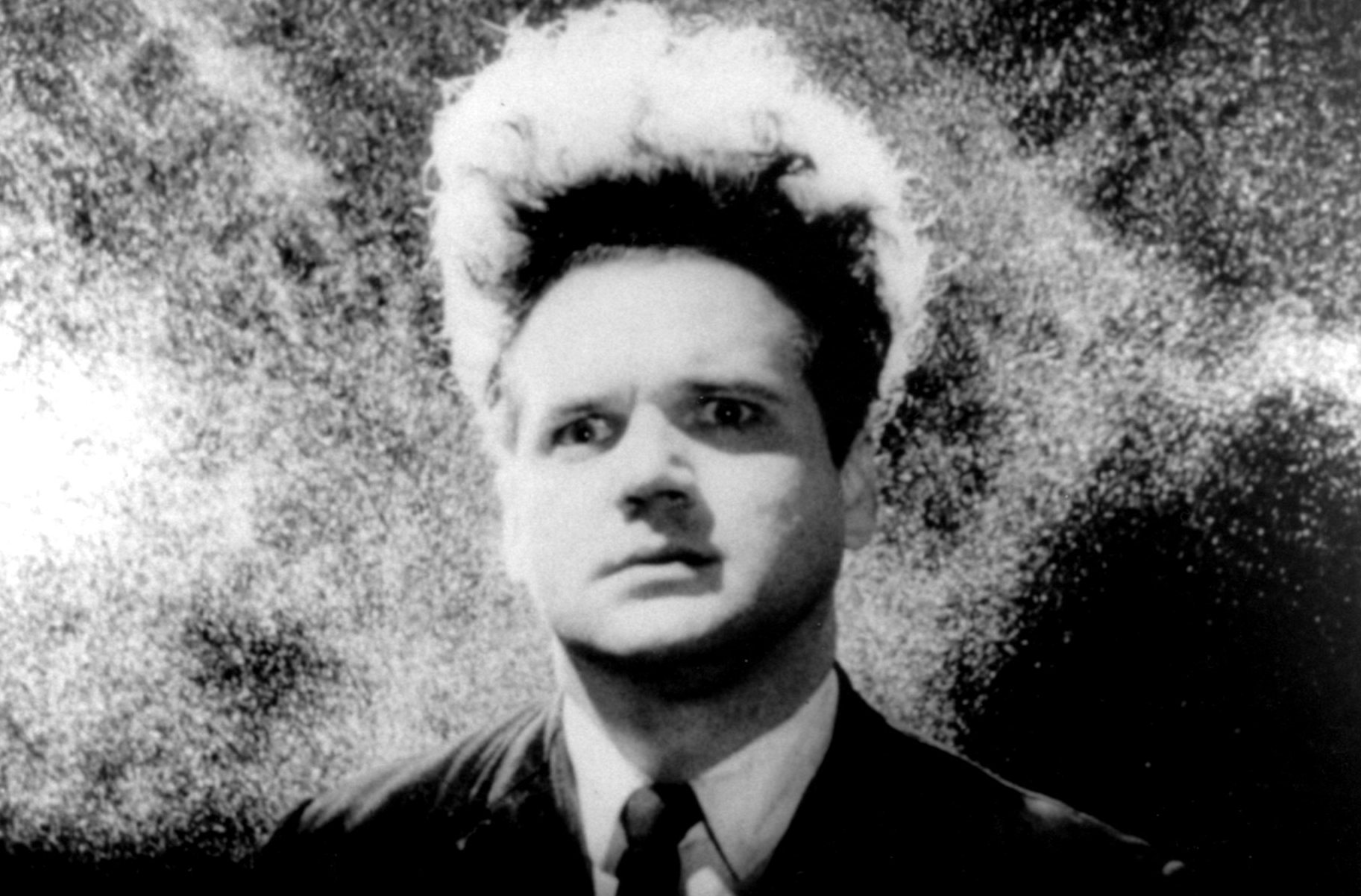
When something is too weird to be labelled as a cult film it can be called a Bizarro. Although it is not a widespread terminology, the expression Bizarro film is more and more frequently used to describe a group of films with absurd, surreal and grotesque elements, which are thought-provoking and flabbergasting at the same time.
The name Bizarro was first applied to describe a literary genre, which includes fiction that the reader mainly enjoys for its weirdness. It is not a coincidence that one of the key publishers associated with the genre is called Eraserhead Press: David Lynch’s Eraserhead is one of the best film examples for Bizarro, followed by the entire Jodorowsky filmography.
Examples: Eraserhead (1977), Holy Mountain (1973), Tetsuo: The Iron Man (1989)